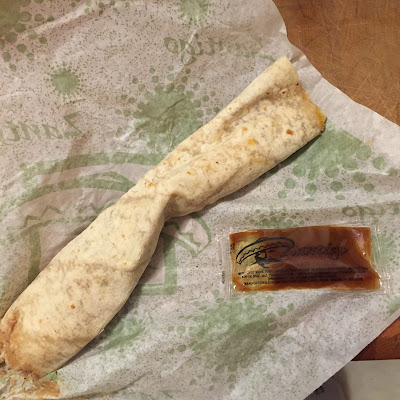Swedish Lefse?
I've always been a little envious of my Norwegian-American friends who grew up making lefse. My family always had store-bought. A few years ago a group of us began our own lefse making ritual under the tutelage of a Norwegian-American friend who owns her own lefse griddle and equipment. Lefse making is a complicated task, and not one I can claim to be good at. My lefse is never round, it usually tears before it makes it to the hot griddle, and the dough is tough.
When I first heard about tunnbröd, Swedish thin bread made of rye or barley flour and potatoes, I was pretty excited! Swedish lefse! This weekend I made a few batches, and the results were amazing. Finally a thin bread I can actually master. Unlike lefse, no special equipment is needed; use your favorite rolling pin and a heavy pan or griddle. This dough is easy to work with, and in fact the more you work with it the better is rolls out. Fragile lefse dough becomes impossible to work with if it gets too warm or if too much flour is used to roll.
Swedes wrap this thin bread around cheese, herring, or sausage. T and I enjoyed it with breakfast sausage, cream cheese, and lingonberry mustard.
Tunnbröd
Makes 10 pieces
1 1/4 pounds cold peeled, cooked, and riced russet potatoes
1 cup rye flour
1 teaspoon salt
White flour for rolling
Knead all ingredients together to form stiff dough. Divide dough into 10 pieces and roll into balls. Use plenty of white flour for rolling. Roll out balls to be paper thin. Carefully transfer to medium-hot dry frying pan or griddle. Fry on both sides until done, about 2 minutes each side. Transfer to cooling rack and keep covered with a towel. Freezes well.




Comments